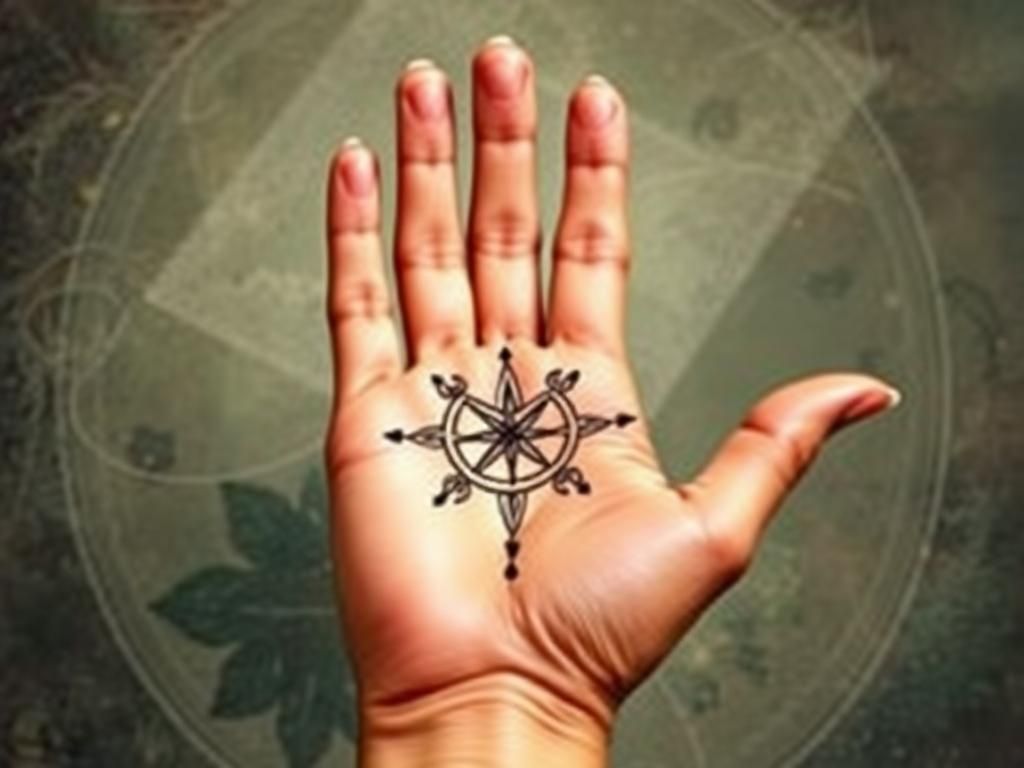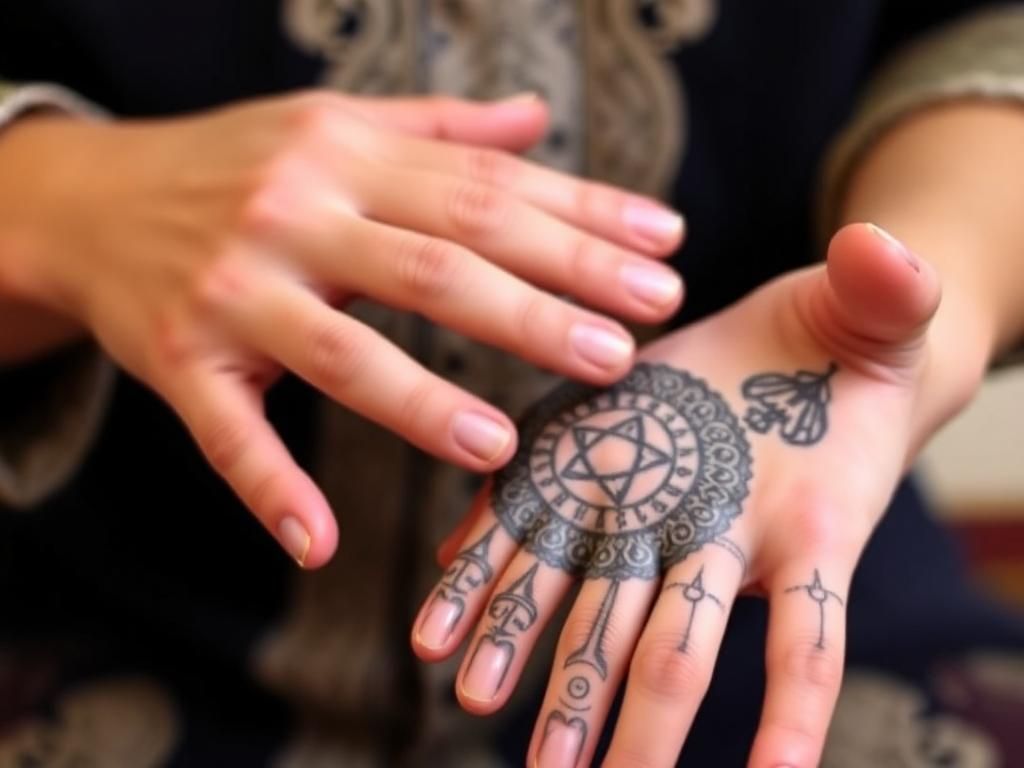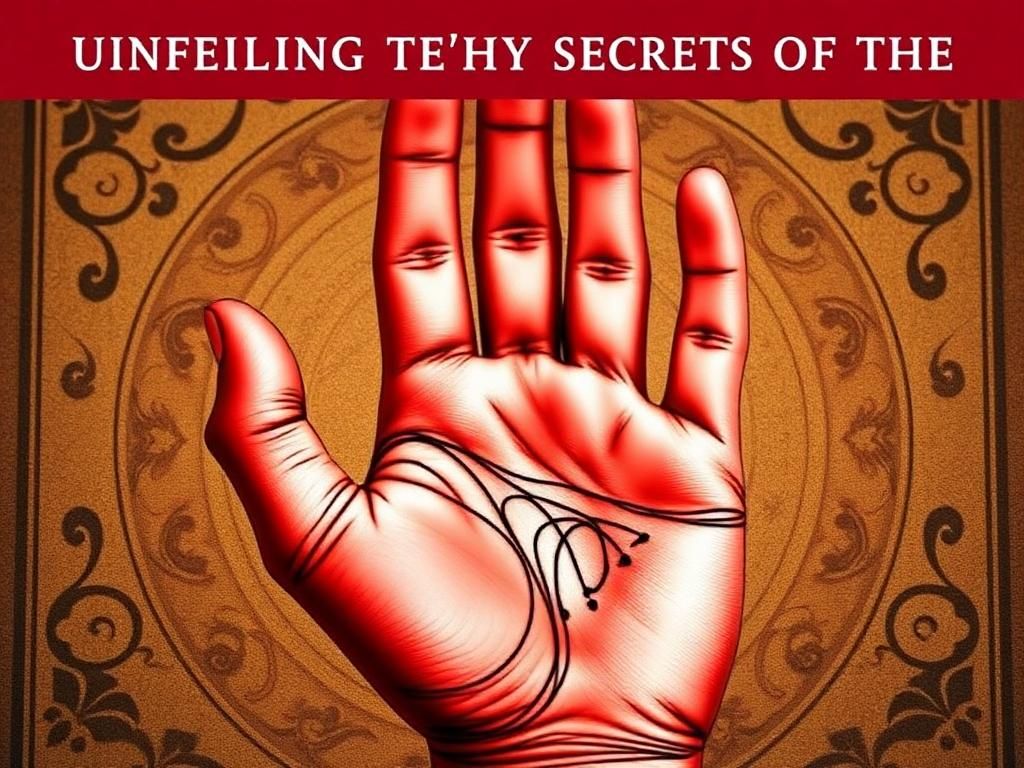Palmistry, the ancient art of reading the lines and features on our hands, offers a captivating glimpse into our personalities, experiences, and potential futures. The practice dates back millennia, with roots in many ancient cultures, including India, China, and Greece. As humans have sought to understand their existence, palmistry has evolved, retaining significance in many societies as a tool for introspection and understanding.
Understanding the Life Line
What is the Life Line?
The palmistry life line is one of the most prominent lines on the palm. Typically arching around the base of the thumb, it extends towards the wrist. Its depth, curvature, and length can provide insights into an individual’s vitality and life experiences. Unlike the heart line, which relates to emotional matters, or the head line, which pertains to intellect and decision-making, the life line specifically reflects our physical health and major life transitions.
Symbolism of the Life Line
The life line symbolizes more than just the duration of life. Although often misunderstood as a measure of lifespan, it actually represents *vitality*, life experiences, and a person’s overall health and emotional well-being. Changes in the life line can indicate significant life events or shifts in one’s approach to living.
Analyzing the Life Line
Characteristics to Observe
Length of the Life Line
The length of the life line can vary among individuals. A longer life line is often associated with a vigorous and *healthy* lifestyle, while a shorter life line might indicate a more cautious approach to life, perhaps reflecting potential health concerns.
Depth of the Line
A deep, well-defined life line suggests robust health and vitality. In contrast, a faint or broken line may signal ongoing health issues or trauma.
Curvature
The curvature of the life line can also be telling. A well-rounded, curvy line implies an active and engaging life, while a straighter line may reflect a more reserved or cautious nature.
Common Variations
Forks and Branches
Forks in the life line can symbolize significant decisions or changes in direction in life. They often indicate a crossroads in personal or professional life.
Breaks in the Line
Breaks in the life line can suggest major life interruptions, such as health crises, personal loss, or significant changes in circumstances. Understanding these breaks can offer insights into one’s resilience and adaptability.
Additional Lines
Observing secondary lines intersecting with the life line can add further context. These lines may alleviate or intensify the impacts of the life line, indicating external influences or important relationships.

Life Line Interpretations
Positive Indicators
A strong and deep palmistry life line correlates with vigor and good health, commonly indicating an individual who leads a fulfilling and active life. Curved life lines often depict a well-rounded, dynamic lifestyle, suggesting that the person is receptive to life’s opportunities.
Negative Indicators
Conversely, a short or faint life line may indicate potential health concerns or life challenges. Breaks or interruptions signify trauma, signaling major changes or transitions in one’s life that may have affected well-being.
Cultural Interpretations
Different cultures perceive and interpret the life line, with Eastern practices emphasizing a holistic view, while Western traditions often focus on specific details. Understanding these cultural differences enriches the experience of reading palms and can provide broader insights.
Personal Considerations
Importance of Context
When interpreting the life line, it’s essential to consider individual context. Personal experiences, lifestyle choices, and situational factors play a crucial role in understanding what the life line signifies for each individual.
Relationship with Other Lines
Analyzing the interactions between the life line and other lines, like the heart line and head line, can provide valuable insights. For example, a strong heart line alongside a deep life line may reflect an emotionally fulfilled individual with a rich inner life.
Practicing Self-Analysis
For those interested in interpreting their own life lines, careful observation is vital. Practicing self-readings can assist individuals in recognizing patterns and changes over time, allowing for deeper self-reflection.
Common Misconceptions
Myths and Misunderstandings
There are numerous myths surrounding the life line. One of the most prominent is the belief that it can predict exact lifespan. In reality, while it provides insights into personality and life experiences, it does not determine longevity.
Ethical Considerations in Palmistry
Approaching palmistry with sensitivity and respect is crucial. Readers must differentiate between offering guidance and making definitive predictions. Ethical practice encourages self-discovery rather than fear-based interpretations.
Conclusion

The Journey of Self-Discovery
Engaging with *palmistry* can be a profound journey of self-discovery, guiding individuals toward deeper personal insight and understanding.
Further Resources
For those interested in exploring palmistry further, consider reading authoritative books on the subject or visiting reputable websites for courses and materials. Resources such as the American Association of Professional Palmists (palmistry.org) offer extensive information.
FAQs About Life Lines in Palmistry
How can I find my life line?
To locate your life line, extend your palm face-up, and look for the prominent line curling around the base of your thumb. This line is your life line, and you can analyze its qualities from there.
What if I don’t see a life line?
If your palm appears to lack a visible life line, it does not mean you lack a future. Various interpretations exist for this absence, often suggesting a unique and non-traditional life path.
Can the life line change over time?
Yes, the life line can reflect changes over time based on experiences and choices. Major life events can impact the line, leading to deeper insights into one’s journey.
Is palmistry considered a science?
While palmistry is not classified as a scientific discipline, it is often respected as an art form, blending observation, intuition, and symbol interpretation.
What do breaks in the life line mean?
Breaks can signify disruptions in life, such as health issues, emotional turmoil, or personal changes, indicating that these factors have played a critical role in shaping one’s life experiences.
How does palmistry differ from astrology?
Palmistry focuses on the interpretation of hand lines and features, while astrology involves studying celestial patterns and movements to understand personality and life events.
Can anyone learn palmistry?
Yes! Anyone can learn palmistry through study and practice. Many resources are available online and in print to assist beginners.
How accurate is palmistry?
The accuracy of palmistry can vary based on the reader’s skill and the context of the reading. It’s best viewed as a tool for self-reflection rather than a definitive guide to the future.
Should I rely on palmistry for important decisions?
While palmistry can provide valuable insights, it is wise to use it in combination with personal judgment and experiences when making important life decisions.
Do the lines change with age?
Yes, as we age, the lines on our palms can become more pronounced or altered due to lifestyle changes, health conditions, and personal experiences.
| Characteristic | Interpretation |
|---|---|
| Length of Life Line | Long: Healthy and vigorous life; Short: Caution or potential health issues |
| Depth of Line | Deep: Strong vitality; Faint: Weakness or health concerns |
| Curvature | Curved: Active life; Straight: Cautious nature |
| Forks | Significant decisions ahead |
| Breaks in Line | Major life interruptions or trauma |
